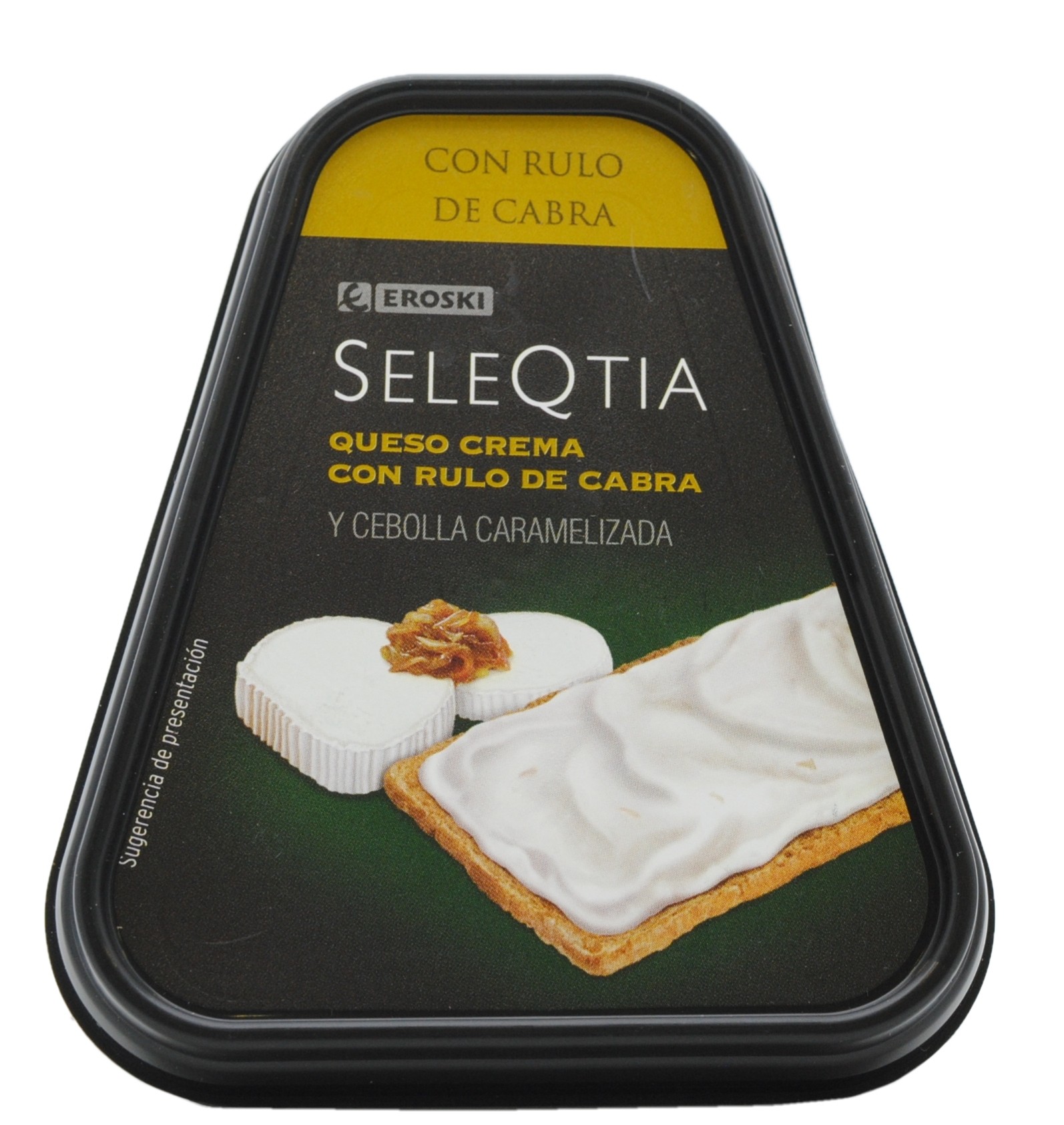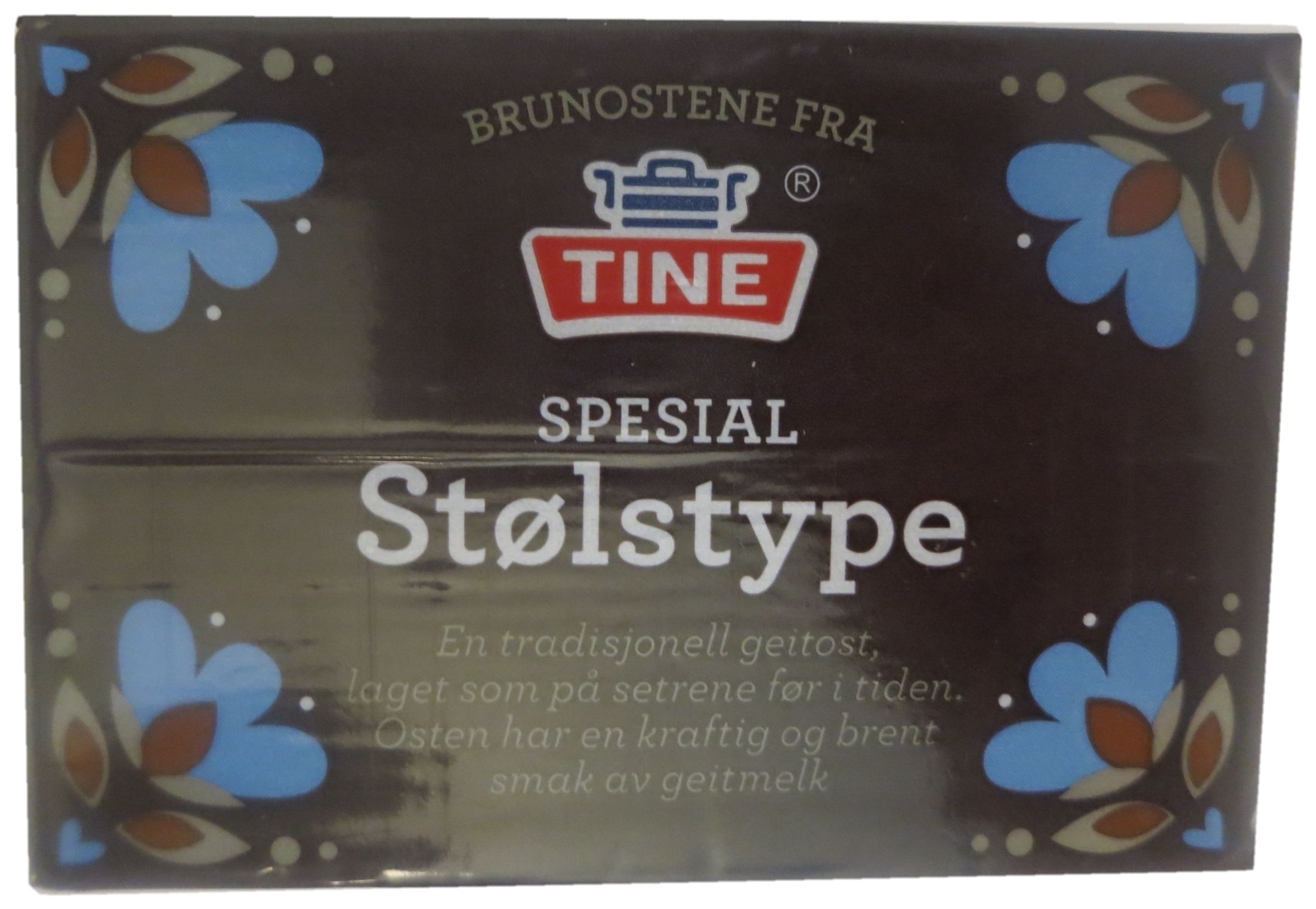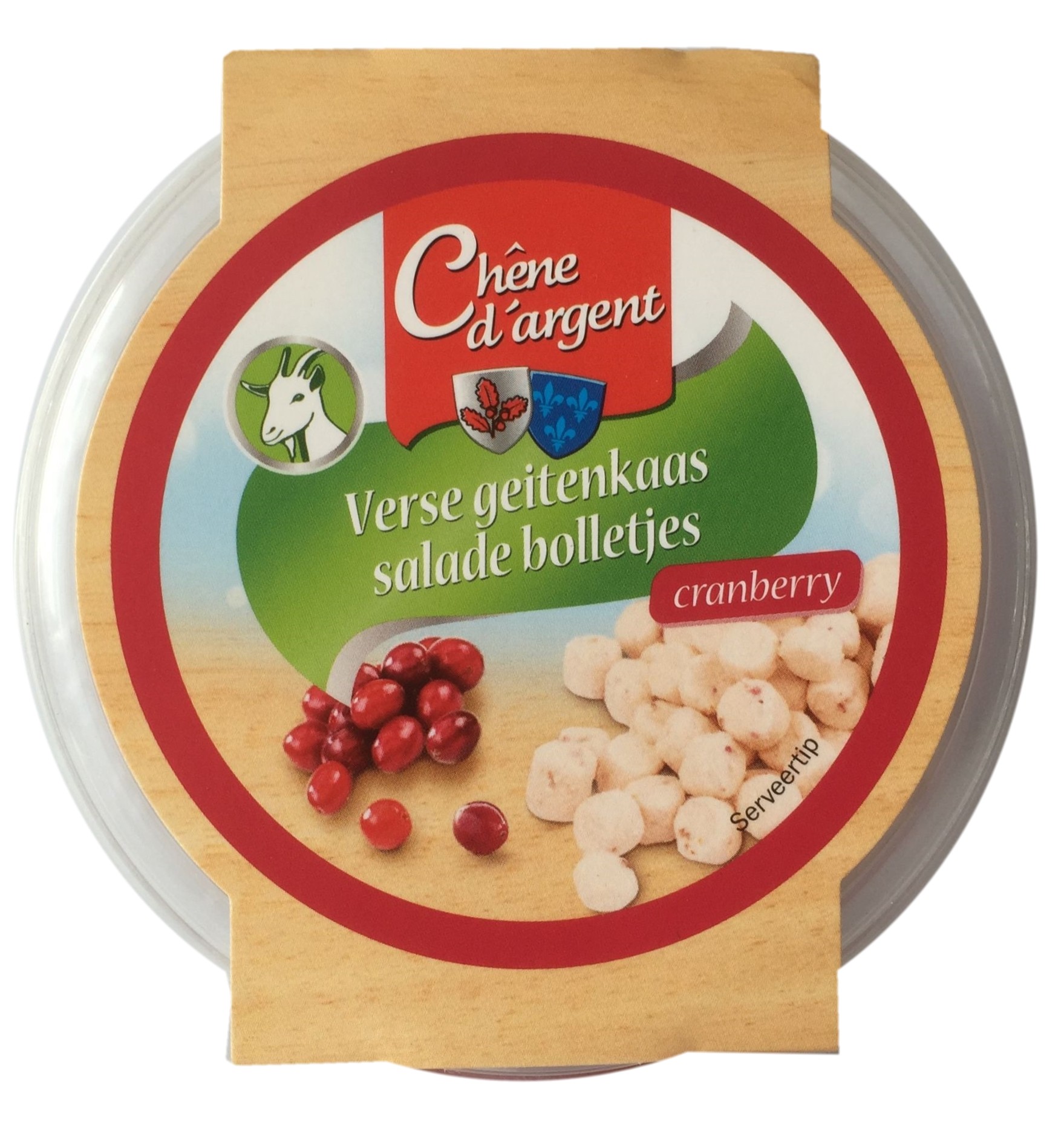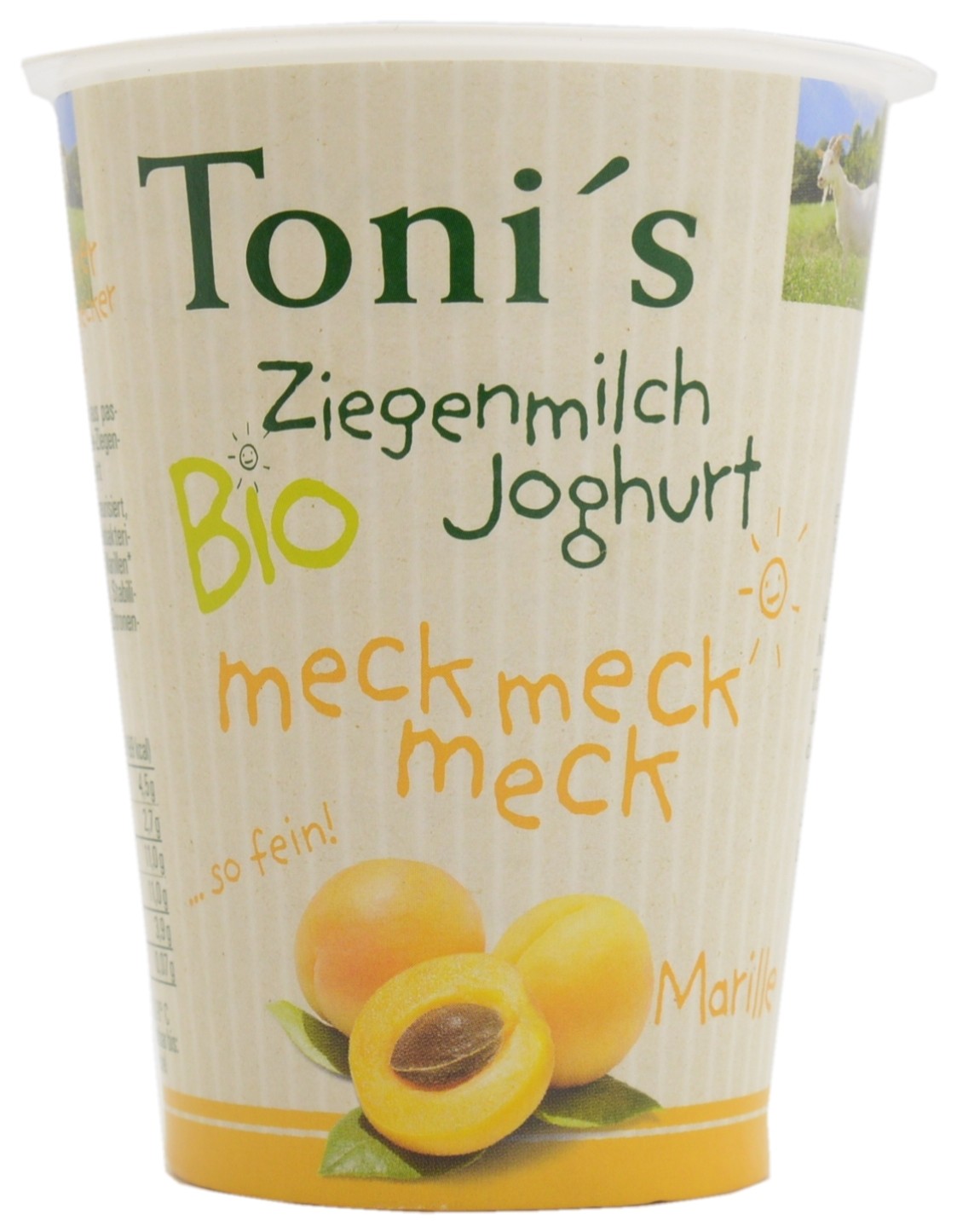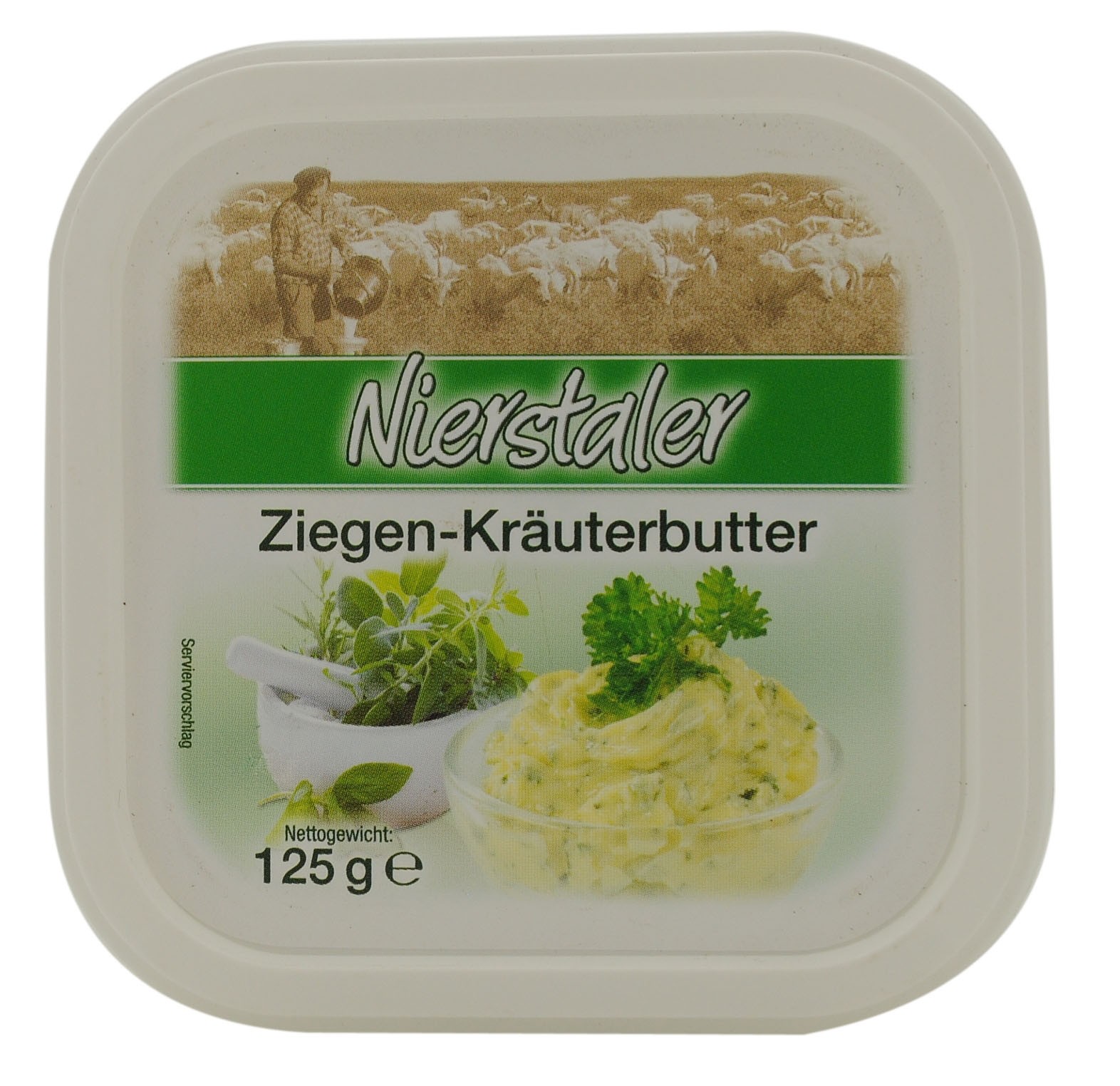Since goats were among the first animals ever to be domesticated, goat cheese enjoys a long tradition in many countries. But today, goat cheese trails distantly behind cow’s milk cheese in most of the Western world. In Europe, one in 12 (8%) cheese launches between July 2015 and June 2016 contained goat’s milk (including milk type combinations), compared to four in five (78%) that contained cow’s milk. While France is among the most prolific countries when it comes to goat cheese offerings, Germany has caught up in recent years, with both markets dominating European goat cheese innovation today.
In an increasingly mature marketplace, goat cheese is gaining new relevance as an attractive niche within the field of innovation. Goat cheese profits from its inherent tie to tradition and artisanal quality, which is reinforced by the fact that many products hail from small-scale, specialist brands. Moreover, goat cheese is valued for its reported health and taste benefits. It is considered a naturally low-fat, high-calcium, and easy-to-digest alternative to cow’s milk cheese, and features a subtle, unique and tangy flavour profile.
Overall, goat cheese launch activity has been characterised by a rather traditional approach, with many products coming plain or with conventional herbal flavours such as chives or basil, and pack designs featuring old-fashioned images of goats to highlight the milk source as a central positioning point. Yet, aiming to appeal to a broader audience, new market entrants are increasingly embracing more contemporary designs, flavours, and formats.
Germany’s Bio-verde goat cheese brand by Isana Naturfeinkost, for example, was relaunched in 2016 with a more creative, “fresh and elegant” packaging, giving a better platform for the use of on-trend flavours such as hot chili or black pepper. Overall, brands across Europe can be seen taking up more premium flavours, including walnuts, figs, caramelised onion or rose petals. Beyond flavour inclusions, Tine from Norway offers an interesting brown goat cheese with a “dark, acidic, and slightly burnt taste”.
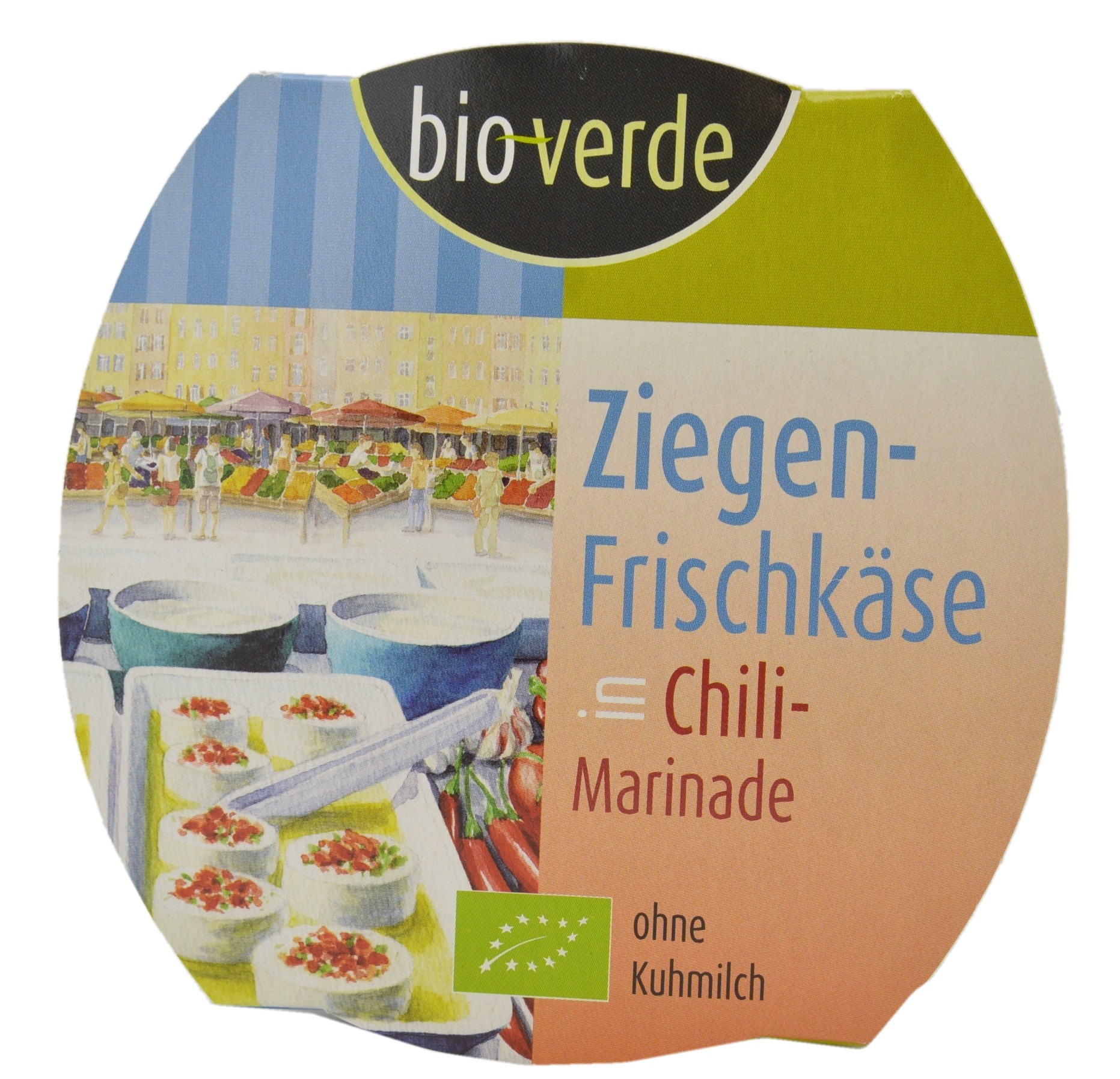
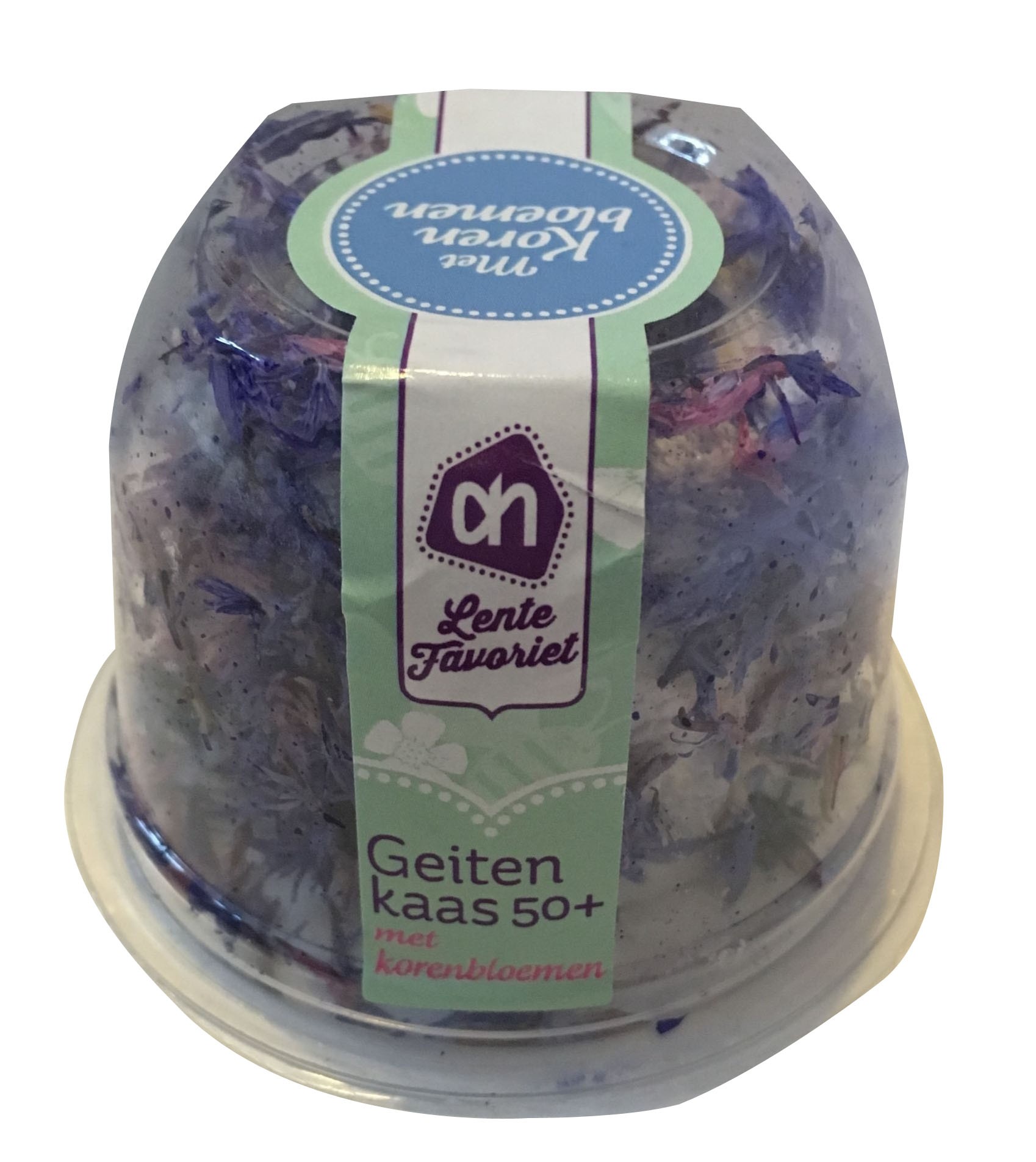
Brands are also adapting to today’s growing snacking culture. Happy Goat, a small, innovative brand from the Netherlands which is also available in Germany, is positioned as a premium snack or spread, promoting its extra creamy texture combined with modern flavours such as honey, figs, and green pesto. Another interesting Dutch brand, DeJong Cheese, offers flavoured goat cheese crumbles, positioned as delicious helpers for creative cooking.
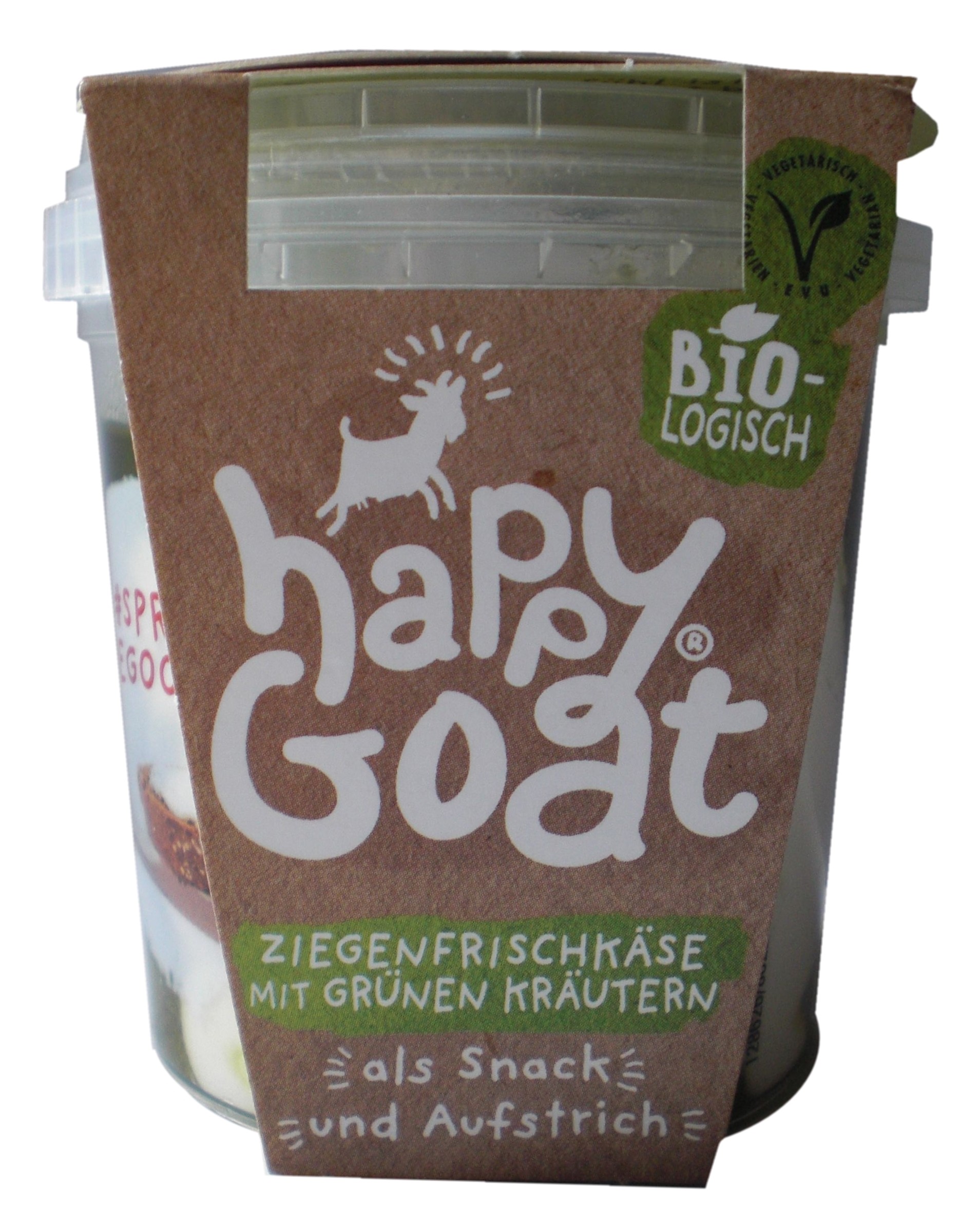
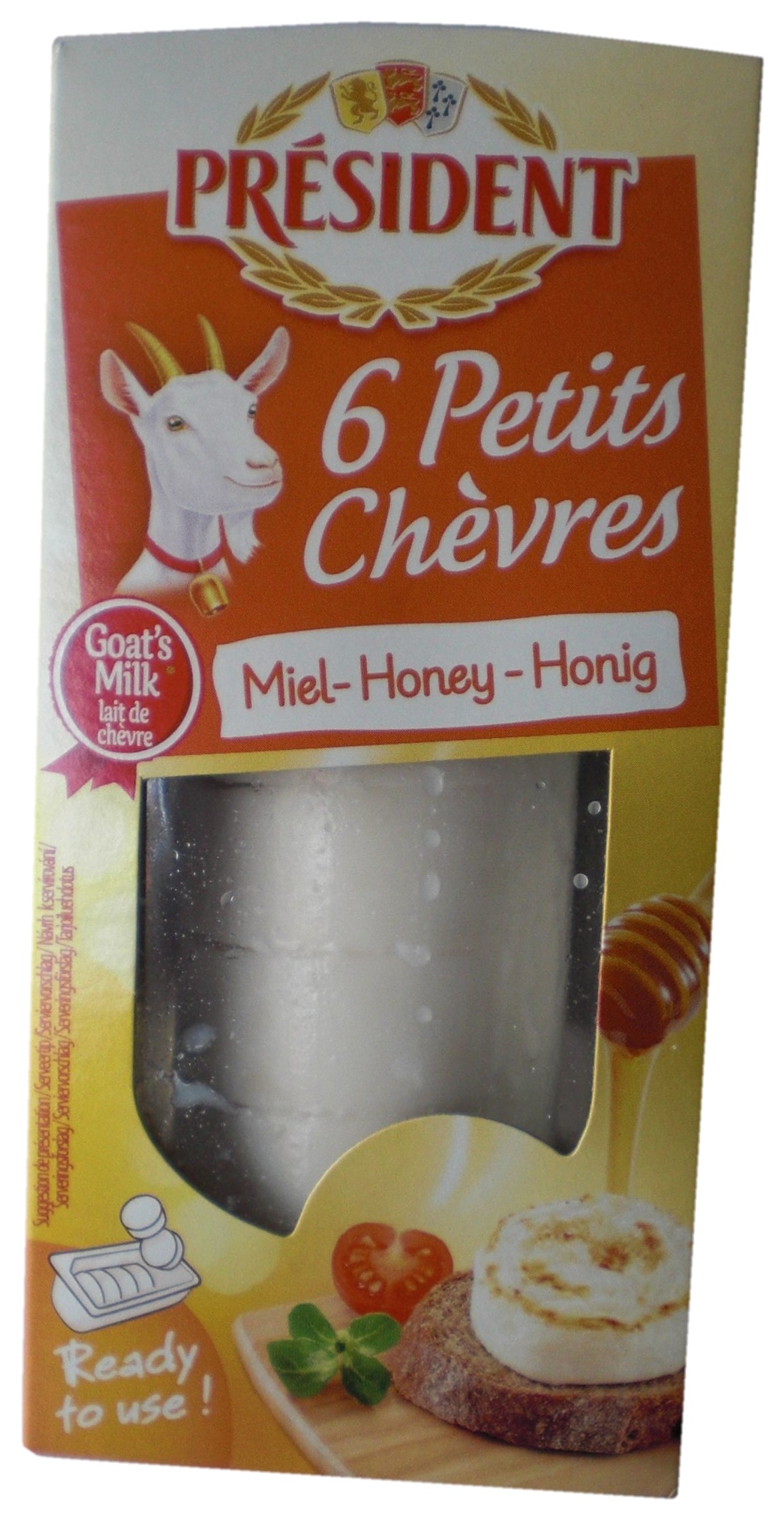
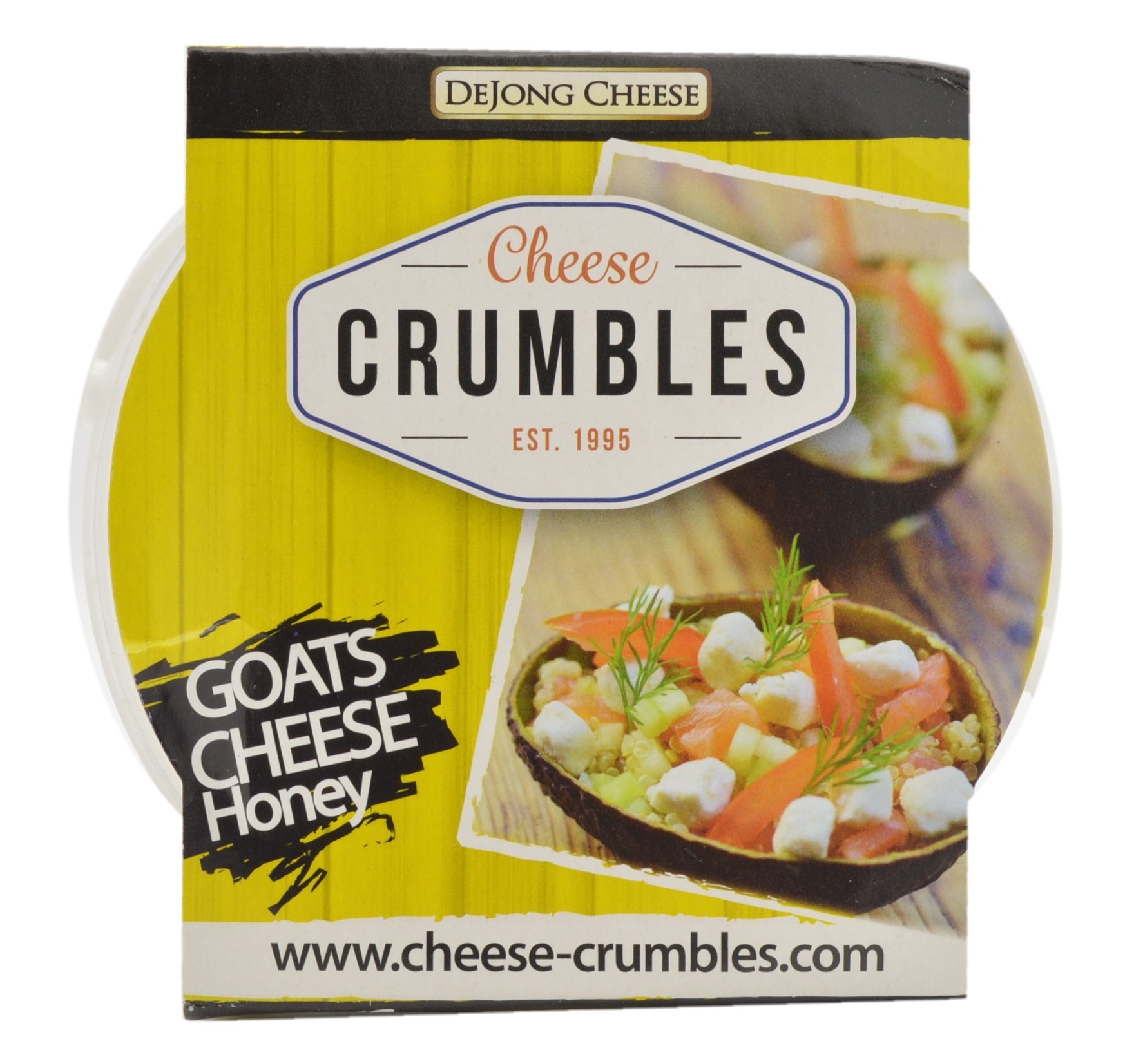
Goat milk is no longer just for cheese
While goat cheese innovation is gaining steam, goat milk as an ingredient is also spreading out in other dairy categories, including yogurt, butter, milk, ice cream and chilled desserts. The development is most prevalent in Germany, where the number of dairy launches based on goat milk (outside cheese) more than quadrupled within the past three years, albeit from a small base. Following the developments seen in the cheese sector, innovation is starting to take on a fresher, more modern image, with goat milk positioned as a premium ingredient.

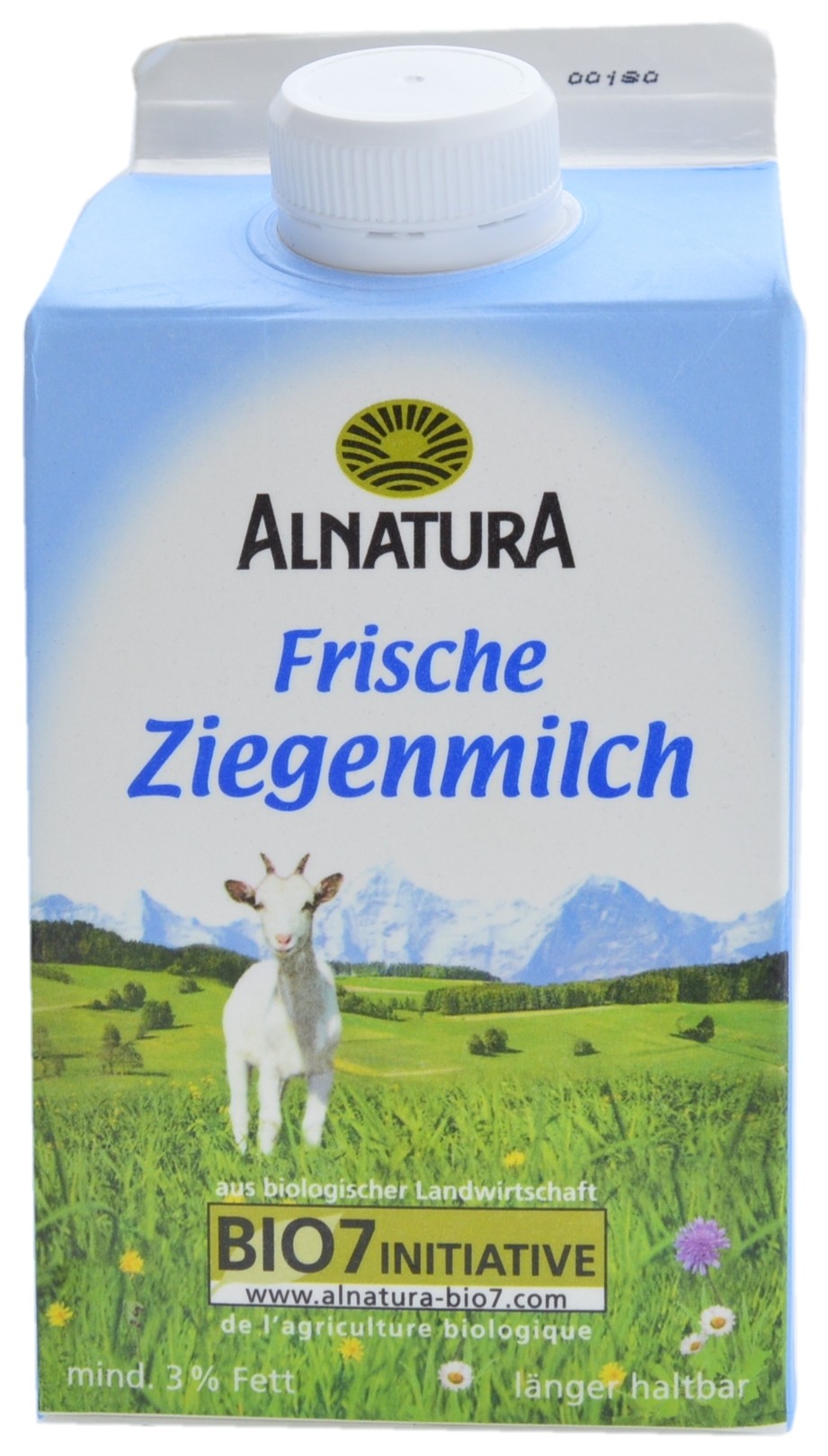
In today’s industrialised world, consumers want higher quality products with clean and transparent labels; at the same time, they also look for originality which benefits niche markets such as goat cheese. While goat cheese innovation is driven by specialist brands, it also offers opportunities for major market players – in and beyond the dairy category – to differentiate their offerings. Goat cheese innovation profits from taking on a younger, more modern approach; products do not have to feature old-fashioned visual images of goats, the focus should be on origin, character and taste.
Julia Büch is a Food and Drink Analyst at Mintel. She specialises in delivering insights on issues affecting the German food and drink market, providing analysis across a range of food and drink categories. Previously Trend & Innovation Consultant at Mintel, Julia was responsible for providing tailored product innovation analysis and client support primarily to Mintel’s German speaking clients.












